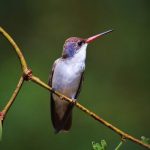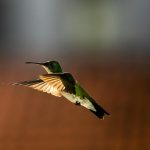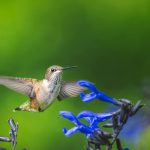Hummingbirds are fascinating creatures known for their agility and unique flying abilities. One common behavior observed in hummingbirds is their tendency to fly back and forth. In this article, we will explore the reasons behind why hummingbirds exhibit this behavior:
1. Feeding Strategy
Hummingbirds have a high metabolic rate and require a substantial amount of nectar to sustain their energy levels. Flying back and forth between flowers allows them to efficiently search for and extract nectar from multiple sources. Here’s how this behavior aids in their feeding strategy:
- Maximizing Nectar Resources: By flying back and forth, hummingbirds can visit a larger number of flowers within their territory. This increases their chances of finding flowers with ample nectar reserves, ensuring a steady supply of food.
- Exploiting Flower Blooming Patterns: Different flowers bloom at different times, and hummingbirds take advantage of this by continuously flying between patches of flowers. They can monitor the blooming cycles of various plants and revisit them when the nectar production is at its peak.
- Defending Feeding Territories: Hummingbirds are territorial creatures and defend their feeding territories vigorously. Flying back and forth allows them to patrol and guard their preferred sources of nectar from intruding hummingbirds.
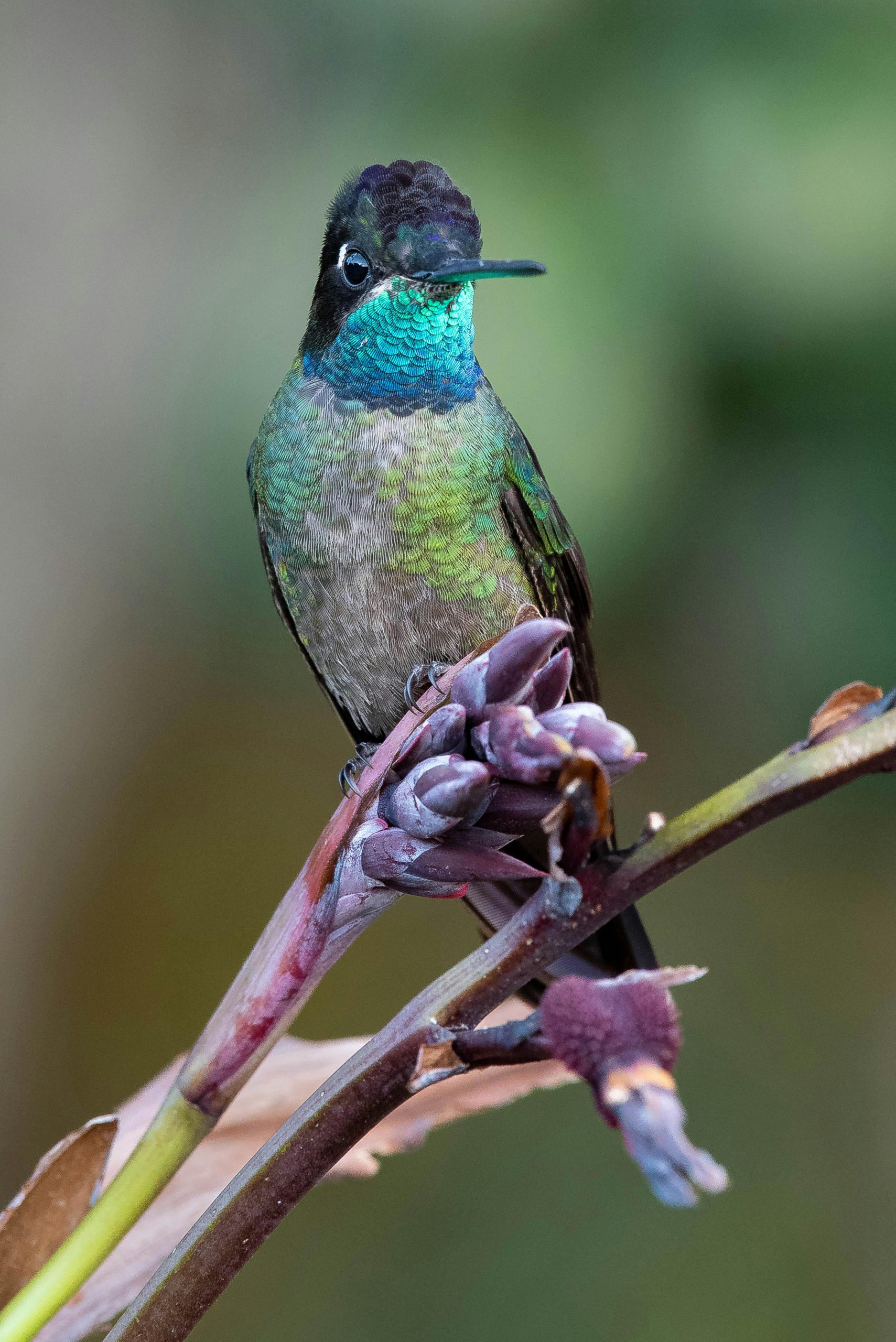
2. Energy Conservation
Flying back and forth may seem energetically demanding, but hummingbirds have evolved efficient mechanisms to conserve energy during their flights. These energy-saving strategies include:
- Hovering: Hummingbirds have the unique ability to hover in mid-air, thanks to their rapid wing beats. By hovering, they can stay in one spot and assess the nectar content of a flower before deciding to feed. This minimizes unnecessary movements and conserves energy.
- Wing Morphology: Hummingbirds have evolved wings with a high aspect ratio, meaning they are long and narrow. This wing shape reduces drag and allows for more efficient flight, enabling them to fly back and forth with less effort.
- Gliding: In between their intense wing beats, hummingbirds can glide or coast, utilizing the momentum gained from their previous wing strokes. Gliding allows them to conserve energy while maintaining forward momentum.
3. Territory Defense
Hummingbirds are known for their territorial behavior, especially during the breeding season. Flying back and forth serves as a visual display to assert their dominance and defend their territory. Here’s how this behavior relates to territory defense:
- Visual Presence: By continuously flying back and forth within their territory, hummingbirds make their presence known to other individuals. This visual display signals that the area is occupied and defended, deterring potential intruders.
- Chase and Intimidation: If another hummingbird enters their territory, the resident hummingbird may engage in aggressive chase flights. These flights involve high-speed pursuits and aerial acrobatics, with the defending bird flying back and forth to intimidate the intruder and assert dominance.
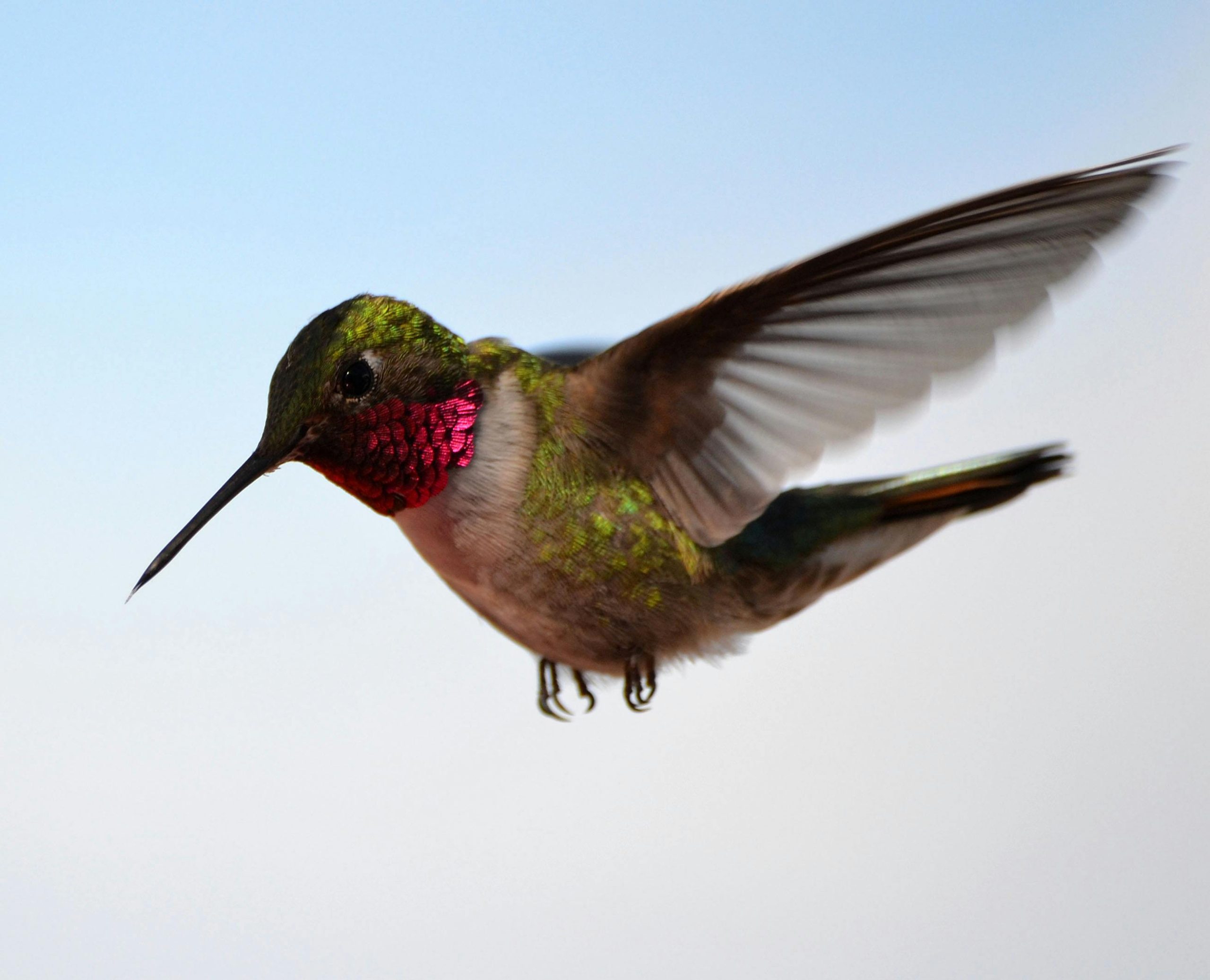
- Vocalization: Alongside their flying displays, hummingbirds produce vocalizations such as chirps and buzzing sounds. These vocal signals further communicate their territorial boundaries and intentions to other hummingbirds in the area.
4. Mating Displays
Hummingbirds engage in elaborate courtship displays to attract mates during the breeding season. Their flying back and forth behavior plays a role in these displays and serves as a visual spectacle for potential mates. Here’s how this behavior contributes to their mating displays:
- Flight Path Patterns: Male hummingbirds perform impressive aerial displays, including flying back and forth in specific patterns or arcs. These flight paths showcase their agility, speed, and precise control, which are attractive traits to potential female mates.
- Visual Spectacle: The flying back and forth behavior, combined with other elaborate flight maneuvers and display dives, creates a visual spectacle that captures the attention of female hummingbirds. These displays serve as a means for males to court and attract mates.
- Competitive Advantage: Male hummingbirds compete with each other for the attention of females. By showcasing their flying abilities and engaging in complex aerial displays, males can demonstrate their fitness and outperform competitors.
5. Efficient Pollination
Hummingbirds play a crucial role in pollinating flowers as they move from one bloom to another. Their flying back and forth behavior allows them to transfer pollen between flowers, aiding in the plant’s reproductive process. Here’s how this behavior contributes to efficient pollination:
- Cross-Pollination: Hummingbirds transfer pollen from the stamen of one flower to the stigma of another flower, facilitating cross-pollination. This process leads to genetic diversity and healthier plant populations.
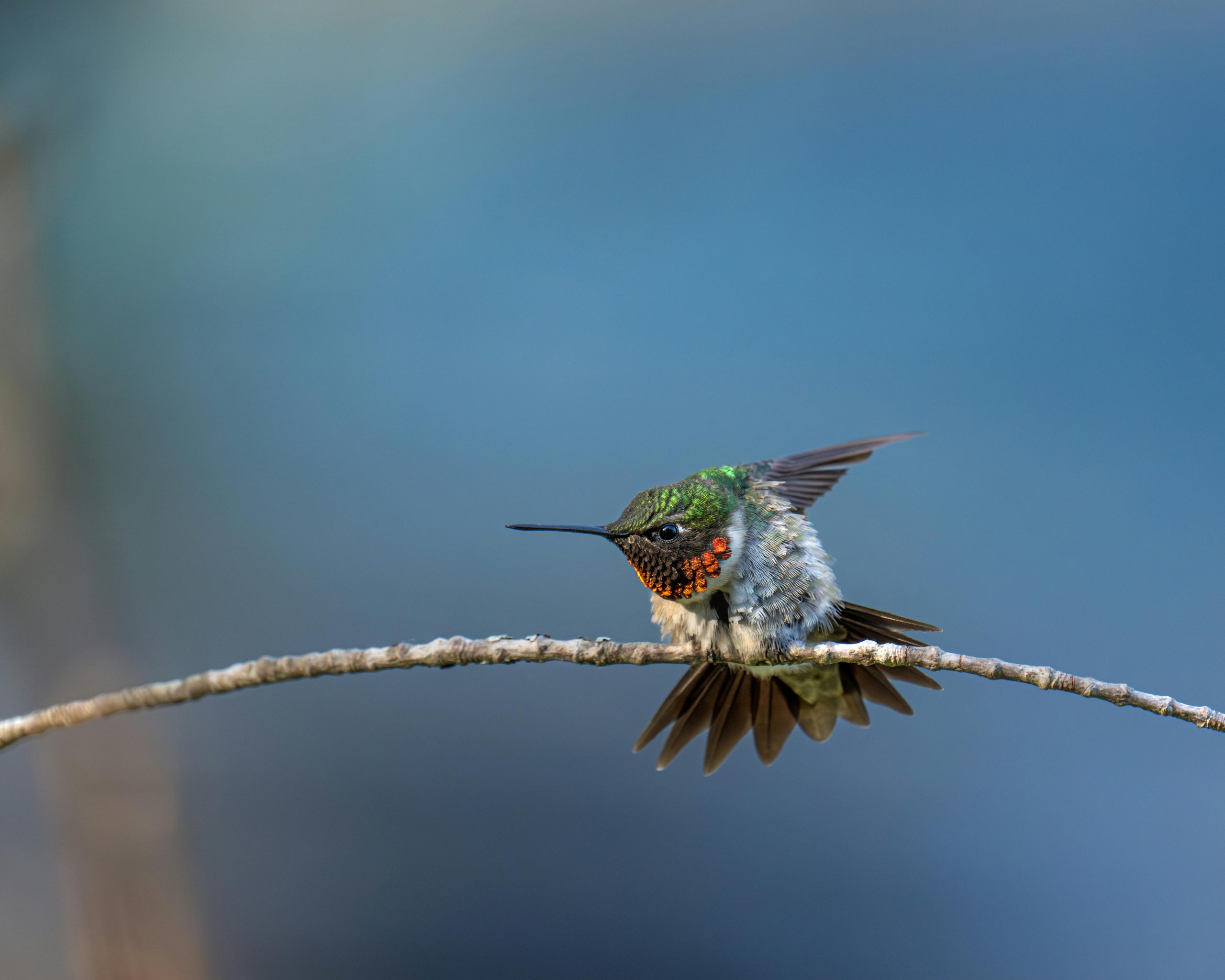
- Maximizing Pollination Opportunities: By visiting multiple flowers in quick succession, hummingbirds increase the chances of cross-pollination. Their flying back and forth behavior ensures that they come into contact with a wide variety of flowers, maximizing pollination opportunities.
- Nectar Availability Monitoring: Flying back and forth enables hummingbirds to monitor the nectar availability in their territory. If their preferred flowers are depleted, they can quickly locate alternative food sources. This behavior helps them stay ahead of competitors and ensures a steady supply of nectar, which is vital for their survival.
6. Environmental Adaptation
Hummingbirds have adapted to different environments and habitats. Their flying back and forth behavior allows them to efficiently navigate and forage in their surroundings. Here’s how this behavior relates to environmental adaptation:
- Foraging Efficiency: Hummingbirds can cover a larger foraging area by flying back and forth, especially in open habitats with scattered flowers. This behavior maximizes their chances of finding food resources.
- Nectar Source Location: In densely vegetated areas, where flowers are hidden among foliage, hummingbirds rely on their flying back and forth behavior to locate and access nectar sources. This behavior helps them navigate complex environments and find hidden food resources.
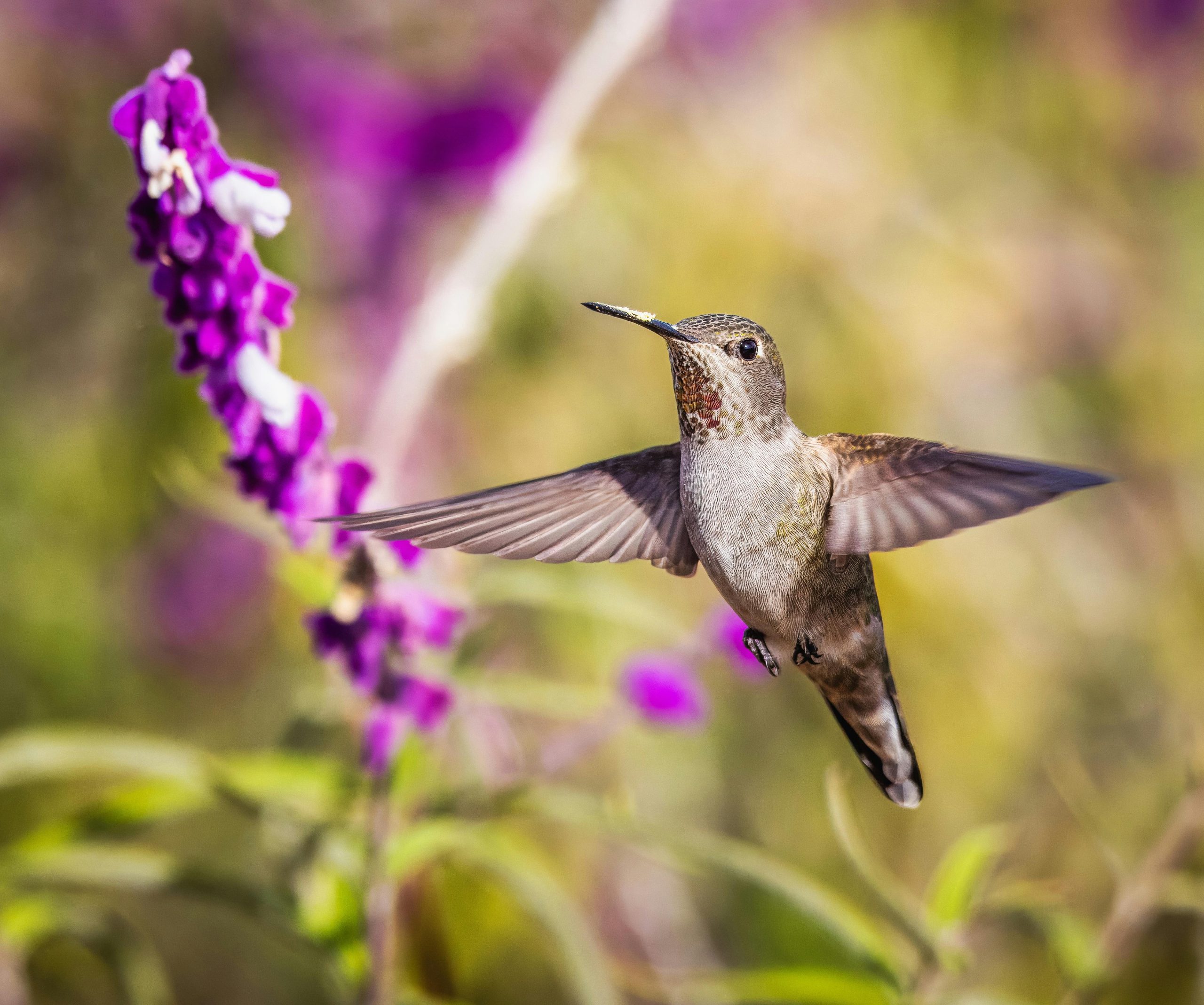
In Conclusion
The behavior of hummingbirds flying back and forth serves multiple purposes. It aids in their feeding strategy, energy conservation, territory defense, mating displays, efficient pollination, and environmental adaptation. This unique flying behavior showcases their remarkable agility, adaptability, and specialized adaptations that have made them successful avian creatures.

